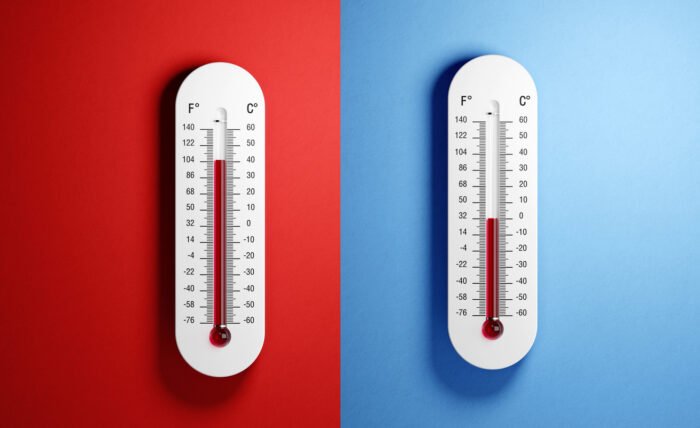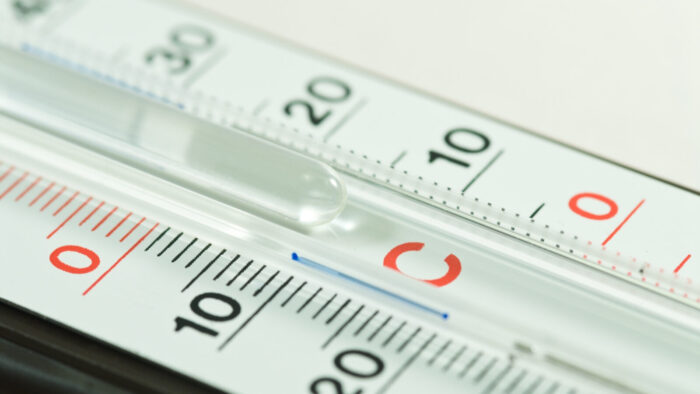
In the vast realm of thermodynamics and testing, two terms often come up: temperature shock and temperature cycle. While they might sound similar, they are distinct concepts with unique applications and implications. This article aims to decode these terms, shedding light on their differences and significance.
Thermal Dynamics
Before diving into the specifics, it’s essential to understand the broader context. Thermal dynamics revolves around the study of heat and temperature and their relation to energy and work. Environmental test chambers help us to understand thermal dynamics more accurately.
It’s a field that has vast applications, from designing engines to understanding the behavior of materials under different temperature conditions.
Shock: A Quick Dive
Often referred to as thermal shock, is a sudden and drastic change in temperature that a material or component is subjected to. This rapid change can lead to stress within the material due to the differential expansion or contraction.
Causes of Shock
There are various scenarios where this shock can occur:
- Immersing a hot glass into cold water.
- Exposing electronic components to sudden changes.
- Rapidly heating or cooling specific materials during manufacturing processes.
Implications of Shock

The effects of shock can be detrimental:
- Physical Damage: Materials can crack, shatter, or warp due to the internal stresses caused by rapid temperature changes.
- Functional Failures: Electronic components can malfunction if subjected to extreme temperature variations.
- Reduced Lifespan: Even if immediate damage doesn’t occur, the material’s lifespan can be significantly reduced due to repeated temperature shocks.
Cycle: The Long and Short of It
Temperature cycling, on the other hand, refers to the process of repeatedly subjecting a material or component to varying temperature ranges over a specific duration. Unlike temperature shock, the change in temperature during cycling is more gradual.
The Process of Cycling
Cycling typically involves:
- Raising the temperature to a specified high.
- Maintaining that temperature for a set duration.
- Gradually reducing the temperature to a specified low.
- Maintaining the low temperature for a set duration.
- Repeating the cycle as required.
Why Cycle?
Cycling tests are crucial for:
| Purpose | Description |
| Assessing Durability | Understands material/component behavior over lifespan under varying conditions. |
| Quality Control | Ensures products meet specific standards by subjecting them to cycling tests. |
| Research & Development | Scientists/engineers study material properties and develop new materials using cycling. |
Contrasting the Two: Shock vs. Cycle
Now that we’ve delved into both concepts let’s highlight the primary differences:
Rate of Change:
- Shock: Rapid and sudden change.
- Cycle: Gradual and controlled change over time.
Application:
- Shock: Often accidental, resulting from unforeseen circumstances.
- Cycle: Mostly intentional, used for testing and research purposes.
Impact on Materials:
- Shock: Can lead to immediate damage or malfunction.
- Cycle: Assesses long-term behavior and durability.
Real-world Applications and Implications
Both shock and cycling play pivotal roles in various industries:
Electronics
Manufacturers test devices like smartphones and computers to ensure they can withstand varying conditions, from the cold of the Arctic to the heat of the Sahara.
Aerospace
Spacecraft components undergo rigorous cycling to simulate the conditions they’ll face in space.
Automotive
Car parts are tested to ensure they can handle the temperature variations they’ll encounter, from cold winter mornings to hot summer afternoons.
Culinary
Chefs need to understand shock, especially when working with delicate ingredients like chocolate or tempering glass bakeware.
Delving Deeper

To truly appreciate the differences between shock and cycling, one must understand the science behind how materials react to temperature changes.
Molecular Responses
- Shock: Rapid temperature changes can cause abrupt molecular movements. This sudden activity can lead to fractures or deformations in the material structure.
- Cycle: The gradual change allows molecules to adjust at a more controlled pace, reducing the immediate risk of damage but potentially leading to wear over time.
Thermal Expansion and Contraction
Every material has a coefficient of thermal expansion. This coefficient determines how much a material will expand or contract with temperature changes.
- Shock: A sudden change can lead to uneven expansion or contraction, causing stress points within the material.
- Cycle: Repeated expansion and contraction can test the material’s resilience and flexibility over time.
Advanced Testing Techniques
With advancements in technology, the methods to test materials under varying temperature conditions have also evolved.
Advanced Thermal Shock Chambers
These chambers can simulate rapid temperature changes, allowing researchers to study the immediate effects on materials.
Progressive Cycling Machines

These machines can simulate years of temperature fluctuations in a matter of days, providing insights into long-term material behavior.
Real-world Failures and Successes
One of the theories behind the Titanic’s sinking is related to temperature shock. The ship’s hull, when it struck the iceberg, might have been more brittle due to the cold waters, leading to a more extensive rupture.
Space Exploration Triumphs
NASA‘s rovers, like Curiosity on Mars, have to endure extreme cycles, from freezing nights to relatively warmer days. Their successful operation is a testament to the rigorous cycling tests they undergo before launch.
Climate Change and Material Behavior
As our planet faces the challenges of climate change, understanding temperature shock and cycling becomes even more critical. With more frequent and extreme fluctuations predicted, materials used in infrastructure, transportation, and everyday items will need to be resilient to both sudden changes and long-term cycles.
FAQs
What is the primary difference between shock and cycling?
The main difference lies in the rate of change. Shock involves a rapid and sudden change in temperature, while cycling refers to a more gradual and controlled change over a specific duration, often repeated multiple times.
Can materials be designed to resist both shock and cycling?
Yes, through advanced material science and engineering, materials can be designed or treated to withstand both sudden changes and repeated fluctuations. However, the degree of resistance often depends on the material’s intended use and the specific conditions it will face.
Why is cycling important in the aerospace industry?
In space, equipment and spacecraft can experience extreme temperature variations, from the cold void of space to the intense heat when exposed to the sun. Cycling tests simulate these conditions on Earth, ensuring that spacecraft components can endure and function optimally in space.
How do chefs deal with shock in the culinary world?
Chefs employ various techniques to mitigate shock, especially with delicate ingredients. For instance, when tempering chocolate, it’s gradually cooled to avoid sudden temperature drops. Similarly, glass bakeware is often allowed to cool slightly before being exposed to a cold environment to prevent shattering.
Are there materials that naturally resist shock or cycling without any special treatment?

Yes, some materials inherently have high thermal stability. For example, certain ceramics and specific metal alloys can resist rapid temperature changes without undergoing significant stress. However, even these materials have limits and can benefit from specialized treatments for enhanced resilience.
With the challenges of climate change, will new materials need to undergo more rigorous temperature tests?
Absolutely. As climate change leads to more extreme and frequent temperature fluctuations, materials used in various industries, from construction to transportation, will need to be tested and possibly redesigned to ensure they can withstand these new challenges.
Conclusion
Navigating the intricate ballet of temperature shock and temperature cycling is akin to understanding the rhythm of nature itself. From the sudden chill of a winter’s gust to the slow ascent of dawn’s warmth, our world, and the materials within it, are in a constant dance with temperature. Recognizing the nuances between a rapid shock and a gradual cycle is not just a scientific endeavor but a testament to human curiosity and our drive to adapt.
As we stand on the precipice of a changing climate and an ever-evolving technological landscape, our grasp of these thermal dynamics becomes not just insightful but essential. Whether you’re a scientist, engineer, chef, or simply a curious soul, the dance of heat and cold beckons, inviting us all to join in and discover its intricate steps.
















